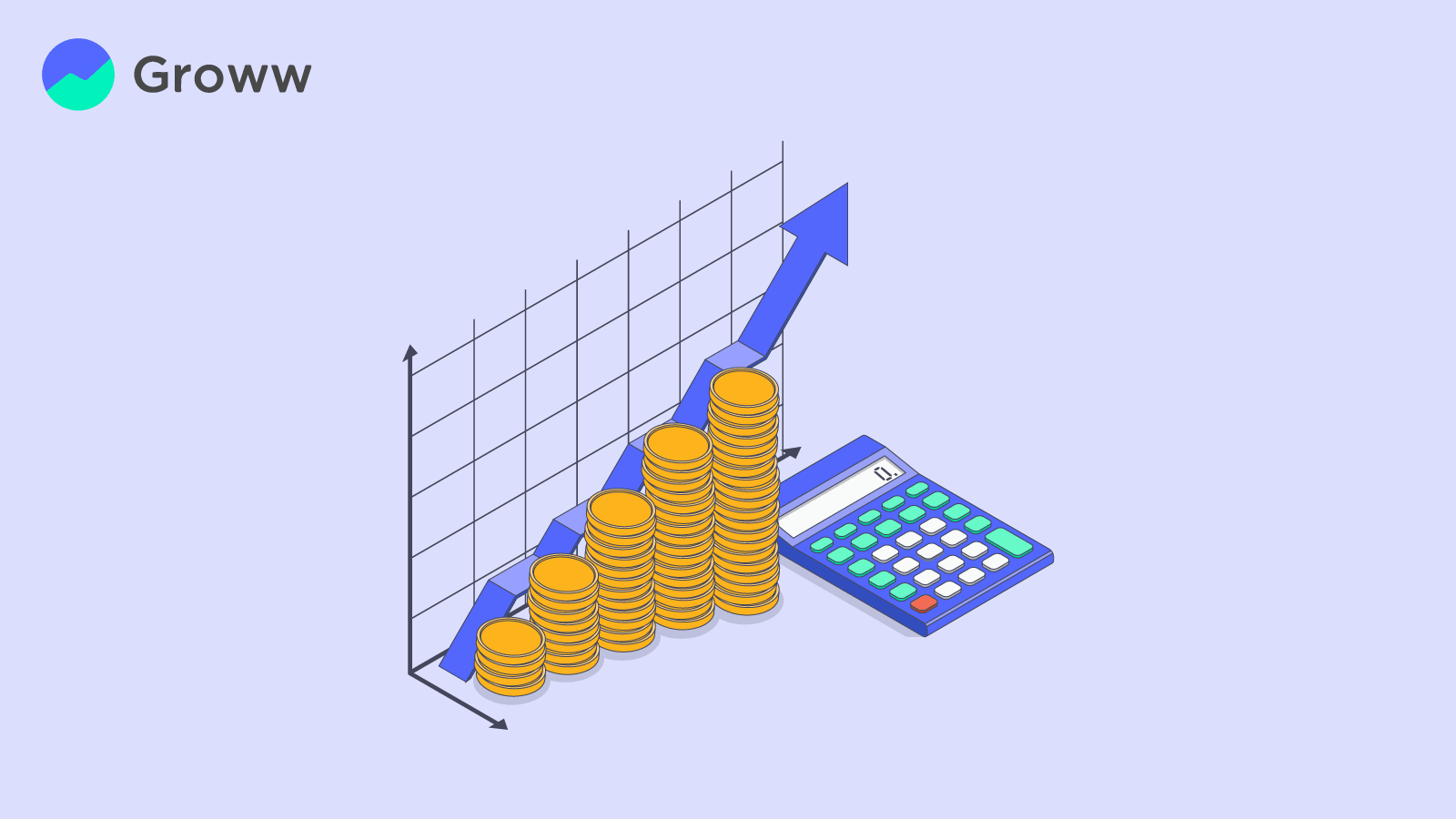LTCG Tax Calculation Examples: How it is Done

Long-Term Capital Gains (LTCG) tax is a crucial aspect of taxation for individuals and businesses alike, particularly for those who invest in assets such as real estate, stocks, bonds, and mutual funds. Understanding how to calculate LTCG tax correctly can help you manage your tax liabilities effectively.
In this blog, we will walk you through a step-by-step guide with LTCG tax calculation examples to help you understand the tax calculation process. Before we dive in, let us first understand what LTCG is.
LTCG refers to the profit earned from the sale of a capital asset held for more than a specified period. The holding period varies depending on the type of asset:
- For Equity-oriented Mutual Funds: The holding period is more than 12 months.
- For Real Estate and Other Assets: The holding period is more than 24 months for real estate and other assets such as gold, unlisted shares, debt mutual funds, etc.
The LTCG tax rate is different from the Short-Term Capital Gains (STCG) tax rate. In some cases, indexation benefits can reduce the taxable gain. However, assets acquired on or after July 23, 2024, are not applicable for indexation benefit, as per the Union Budget 2024.
There are two ways in which LTCG is calculated:
- Equity Shares and Equity-Oriented Mutual Funds: 12.5% on gains exceeding Rs 1.25 lakh, without the benefit of indexation.
- On Property: The tax rate is 20% with the indexation benefit, at the option of the taxpayer, for properties acquired before July 23, 2024.
Calculation of LTCG
Let us understand how to calculate the applicable tax using a basic formula and LTCG tax calculation example.
LTCG = Sale Price - Cost of Acquisition or Indexed Cost of Acquisition (Applicable only for properties) - Indexed Cost of Improvement (Applicable only for properties) - Transfer Costs
Here is how you can determine each component:
- Sale Price: The price at which the asset was sold.
- Indexed Cost of Acquisition: This is the purchase price adjusted for inflation using the Cost Inflation Index (CII). Indexation benefits for LTCG were used to significantly reduce the tax liability.
- Indexed Cost of Improvement: Any costs incurred for improving the asset, adjusted for inflation.
Note: The indexation benefit is not available for long-term capital gains taxable under Section 112A as per Union Budget 2024.
- Transfer Costs: Any expenses related to the transfer or sale of the asset, such as brokerage fees or legal charges.
- LTCG Tax Calculation Example 1: Calculating LTCG Tax on Mutual Funds
Let us say you invested in a mutual fund in 2010 for Rs 1,00,000 and withdrew it in 2024 for Rs 2,50,000.
- Determine the LTCG:
LTCG = Sale Price - Cost of Acquisition
LTCG = Rs 2,50,000 - Rs 1,00,000 = Rs 1,50,000
Taxable LTCG = Rs 1,50,000 - Rs 1,25,000 (Since there is a tax exemption of Rs 1,25,000 on LTCG according to the new Union Budget 2024) = Rs 25,000
- Apply the LTCG Tax Rate:
Since this is a mutual fund transaction, the LTCG tax rate is 12.5%.
LTCG Tax = 12.5% of Rs 25,000 = Rs 3,125
- LTCG Tax Calculation Example 2: Calculation of LTCG with Indexation on Real Estate
Let us say you purchased a piece of land in 2010 for Rs 10,00,000 and sold it in 2024 for Rs 25,00,000. The CII for 2010 was 167, and for 2024, it is 363.
- Calculate the Indexed Cost of Acquisition:
Indexed Cost = Purchase Price × (CII for Sale Year / CII for Purchase Year)
Indexed Cost = Rs 10,00,000 × (363 / 167) = Rs 21,73,652
- Determine the LTCG:
LTCG = Sale Price - Indexed Cost of Acquisition
LTCG = Rs 25,00,000 - Rs 21,73,652 = Rs 3,26,348
- Apply the LTCG Tax Rate:
Since this is a real estate transaction, the LTCG tax rate is 20%.
LTCG Tax = 20% of Rs 3,26,348 = Rs 65,269
Note: Indexation benefit is only applicable for properties acquired before July 23, 2024.
- LTCG Tax Calculation Example 3: Calculation of LTCG Without Indexation on Real Estate
Here is a calculation of LTCG tax on the same real estate without indexation:
- Determine the LTCG Without Indexation:
LTCG = Sale Price - Cost of Acquisition
LTCG = Rs 25,00,000 - Rs 10,00,000 = Rs 15,00,000
- Apply the Flat LTCG Tax Rate of 12.5% Without Indexation:
LTCG Tax = 12.5% of Rs 15,00,000 = Rs 1,87,500
Note: The flat LTCG Tax Rate of 12.5% is only applicable for properties acquired after July 23, 2024.
The Bottomline
Calculating long-term capital gains (LTCG) tax can be a complex process, but with the help of real-life examples and a step-by-step guide, it can be made easier. By understanding the key steps and factors involved in LTCG tax computation, taxpayers can accurately determine their tax liability and make informed investment decisions.
The LTCG tax calculation examples provided demonstrate how to apply the LTCG tax calculation formula to various scenarios, ensuring that taxpayers are well-equipped to handle their tax obligations.